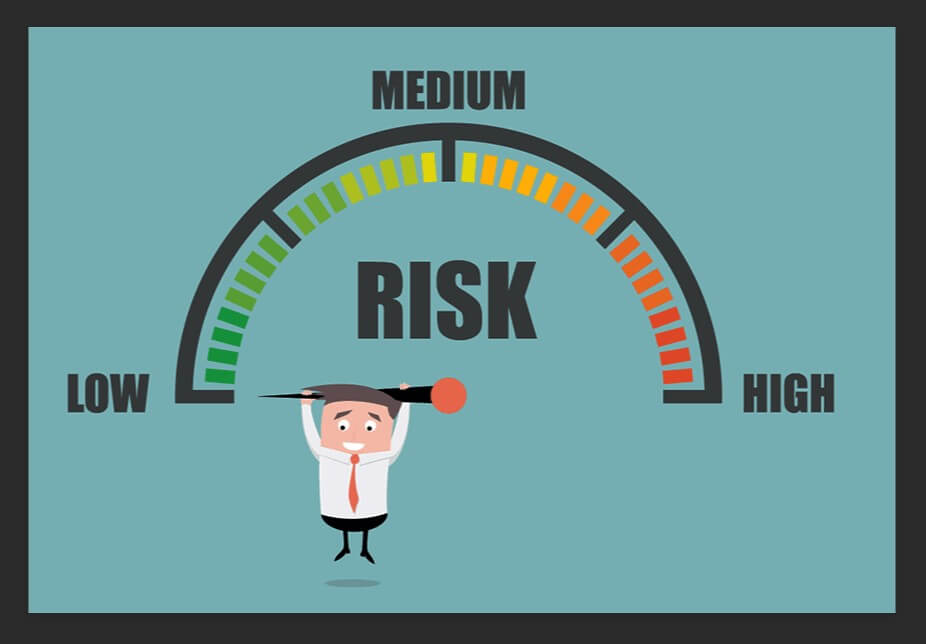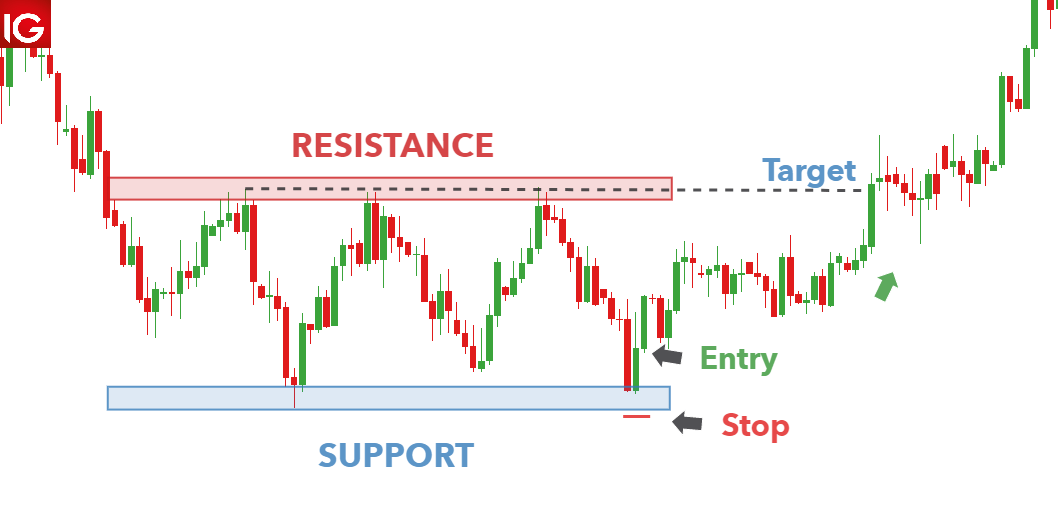In the unpredictable realm of forex trading, risk management is not just an afterthought—it’s a lifeline. Navigating the choppy waters of currency exchange requires a vigilant approach to identifying, assessing, and mitigating potential threats to your capital. This comprehensive guide will equip you with the knowledge and strategies you need to safeguard your investments and emerge victorious in the global currency market.

Image: www.forex.academy
Understanding Forex Trading Risks
The allure of forex trading lies in its potential for lucrative returns. However, every trade carries an inherent risk, ranging from market volatility and currency fluctuations to geopolitical uncertainties. Forex risk can be broadly categorized into two main types:
-
Market risk: Stemming from unpredictable price movements and market forces, market risk can result in significant losses if trades move against your position.
-
Non-market risk: Caused by factors beyond the immediate market conditions, such as technical failures, fraudulent activities, or counterparty default, non-market risk can disrupt trading operations.
Implementing Effective Risk Management Strategies
Recognizing forex risks is only the first step. To minimize potential losses and protect your trading account, you must implement a comprehensive risk management plan that includes the following strategies:
-
Set Realistic Trading Goals: Avoid unrealistic expectations of quick riches. Establish clear and achievable trading goals that align with your risk tolerance and financial objectives.
-
Manage Position Size: Determine the appropriate trading position size to align with your risk appetite. Avoid exposing a large portion of your account to a single trade, as it can magnify potential losses.
-
Use Stop-Loss Orders: These orders automatically close your trades when prices reach a predetermined level, preventing catastrophic losses. Stop-loss orders act as a safety net, ensuring you don’t lose more than you can afford.
Mitigating Specific Risks
In addition to these general risk management strategies, it’s crucial to tailor your approach to specific risks in forex trading:
-
Market Volatility: Diversify your portfolio by trading multiple currency pairs with different volatility levels. Avoid trading currencies with excessive price fluctuations unless you have a high tolerance for risk.
-
Political Events: Stay informed about geopolitical events that may impact currency markets. Consider suspending trading during periods of high uncertainty to avoid potential losses caused by sudden market shifts.
-
Technical Failures: Choose a reputable trading platform with robust security measures and reliable infrastructure. Regularly update your trading platform to minimize the risk of technical glitches or software failures.

Image: www.dailyfx.com
Risk Management in Practice
Here are a few practical examples of how to implement risk management in forex trading:
-
If your risk tolerance is low, limit your trading position size to no more than 1% of your trading account balance.
-
Utilize stop-loss orders to protect your trades and prevent catastrophic losses. Set your stop-loss levels strategically, considering the potential volatility of the currency pair you’re trading.
-
Maintain a trading journal to track your trades, analyze your risk-reward ratios, and identify areas for improvement in your risk management approach.
Risk Management In Forex Trading
Conclusion
Proficiency in risk management is indispensable in forex trading. By understanding the potential risks, implementing appropriate strategies, and tail







